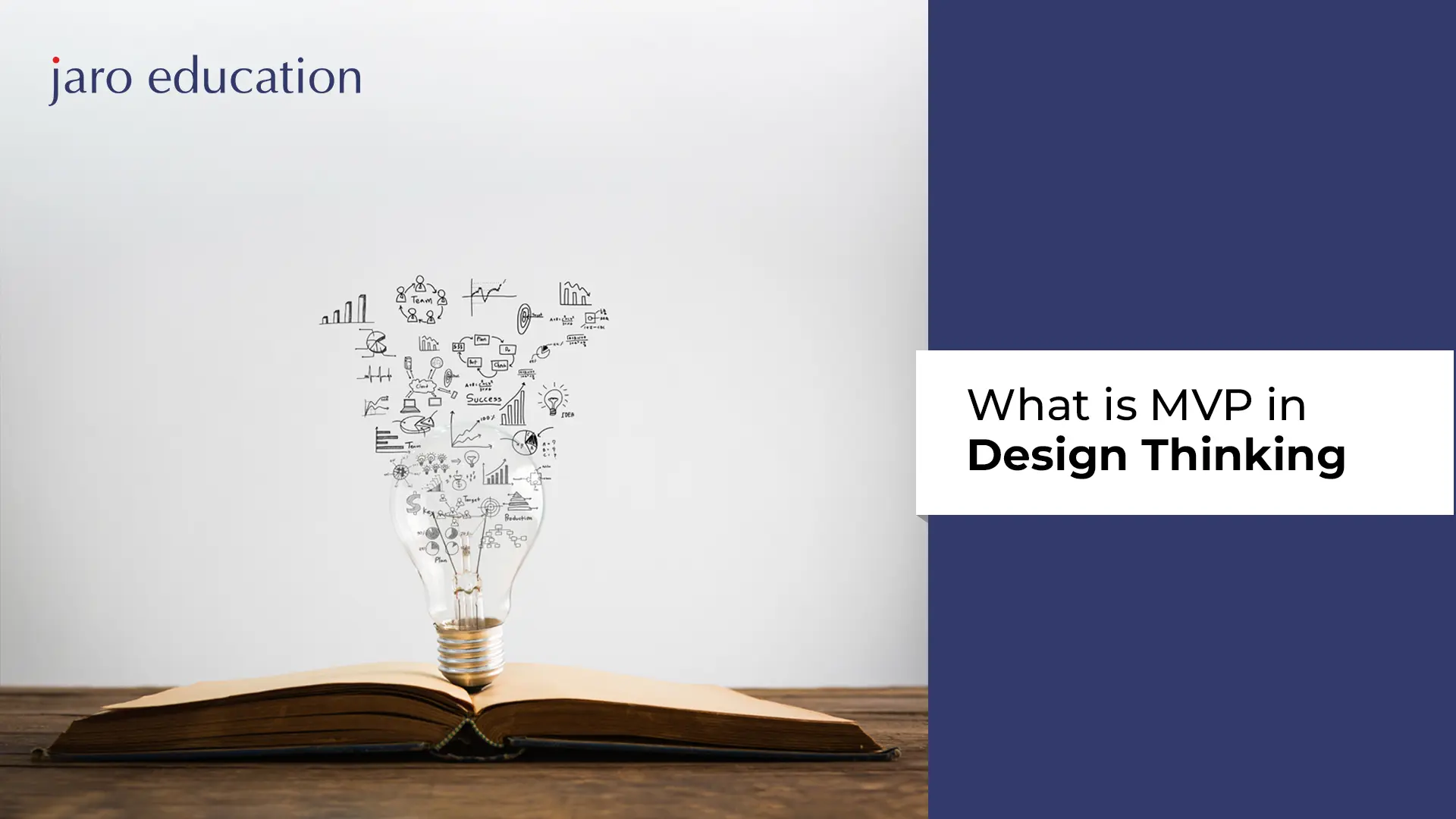When designers work in a startup, they should know about MVP. It is about making a product with just enough features to succeed in the market without taking too many risks for investors. It majorly aims to release a product with minimum features and launch it as soon as possible.
The concept of the minimum viable product (MVP) was introduced by Frank Robinson, who came up with the term. However, two famous names in the world of product design, Steve Blank (businessperson and teacher) and Eric Ries (who started the Lean Startup movement) made it popular.
To brush up your skills in developing MVPs in design thinking, IIT Delhi offers a special Executive Programme in Product Innovation & Design Thinking for Business Growth. It is an ideal course for professionals eager to improve their careers in this sector. The course teaches principles and practices through hands-on activities, lectures and case studies. Participants will also get practical experience out of this executive course. If you’re interested, register now with Jaro Education and accelerate your speed to reach your career goals.
What is MVP: The Meaning and its Concept
MVP stands for Minimum Viable Product. It is a product development strategy in which a product with just enough features is created to satisfy early customers and to gain feedback for future product development. The MVP approach involves testing a product idea in the market with minimal investment to validate its potential success.
MVP is an essential aspect of the design thinking process. It helps designers to test their ideas before spending too much money on the final product. By trying this small version of the product, they get feedback to improve it. This method can save both time and money and create a better product as per the customers’ needs.
MVP in the Design Thinking Process
Design thinking is more than just a set of steps. It’s a unique way of approaching problems. It’s important to embrace the principles of design thinking just as much as following the steps. These principles can be applied to MVP development to create a successful product.
-
Empathy
While developing MVP, teams often get to know their users for the first time. Design thinking teaches us not only to understand their buying habits but to empathise with users. So, empathy is an important part needed everywhere for the product design process, not just during user interviews.
-
Optimism
MVP is about testing the products several times, meaning it is a cycle where you try and fail multiple times before reaching the goal. So, keeping a positive attitude is crucial. All you can do is move on and keep improving to create a better product.
-
Integrative thinking
To create an MVP, we need to think differently and come up with new ideas. We can brainstorm or consider unusual ideas that haven’t been tried before. This helps build a new solution to a problem.
-
Experimentalism
Most people consider a minimum viable product to be like a big experiment, it is the first step to creating something unique and revolutionary. That makes it essential to have an experimental mindset when creating an ideal MVP. It’s also important to conduct research on competitors, not just to copy their methods.
-
Collaboration
MVPs are usually made by small teams. But working with the same people can lead to limited thinking. It’s important to collaborate with people from different backgrounds to open up new horizons of ideas and innovation. You can ask your users or friends for help to get new ideas.
Crafting a Successful MVP: A Design Thinking Approach in Action
Here’s a step-by-step guide to building an MVP using a design thinking approach:
- Identify the problem or need.
- Conduct research and gather information.
- Define the target audience and user personas.
- Brainstorm ideas and develop a hypothesis.
- Create a prototype.
- Test the prototype with real users.
- Gather feedback and refine the prototype.
- Test and iterate until the MVP meets user needs.
- Launch the MVP and collect user feedback.
- Continue to improve and iterate based on feedback.
Minimum Viable Product (MVP) – Testing Approaches
There are different approaches for Minimum Viable Product (MVP) testing depending on the type of product that is being developed. Here are a few examples of testing various products.
-
Website & Application
To test for a product, you can create a simple website with product information and buy traffic to it. You can compare the number of clicks to the number of visitors to see how many people are interested in the product. This method helps to gauge interest without investing too much time or resources.
-
Services
To test a service before building it, try performing the service for someone and ask how much they would be willing to pay for it. Repeat this process to get a better understanding of customer willingness to pay.
-
Latest Features
Before adding new features to a product, it can be helpful to advertise the feature on the website and provide a link for more information. This link can explain that the feature is in development. By measuring clicks to the link, you can get an idea of the need and relevance of the feature before investing in development.
Takeaway
A Minimum Viable Product (MVP) is useful in design thinking because it helps teams check their ideas and get feedback from users before they spend a lot of time and money making a final product. In the future, MVPs will still be important for making new and user-friendly solutions that meet what customers want. As technology gets better, MVPs will be even more helpful for design thinking.
Boost your career in design thinking by knowing the vitals of MVPs with IIT Delhi’s Executive Programme in Product Innovation & Design Thinking for Business Growth. This comprehensive course offers practical skills and knowledge, with live classes and mentorship from industry experts. Enrol in this programme and gain valuable insights to take your career to the next level.





